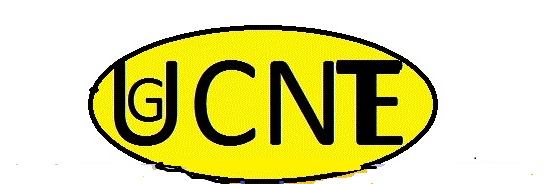1) Which one of the following is the main feature of qualitative research? (1) Avoids positivist assumptions and data analysis. (2) Subscribes to preexisting categories. (3) Collects data in numerical form. (4) Uses empirical method of data analysis. A. 1 B. 2 C. 3 D. 4
ANSWER-A...Quantitative vs. Qualitative: Quantitative research is based on the measurement of quantity or amount. It is applicable to phenomena that can be expressed in terms of quantity. Qualitative research, on the other hand, is concerned with qualitative phenomenon, i.e., phenomena relating to or involving quality or kind. For instance, when we are interested in investigating the reasons for human behaviour (i.e., why people think or do certain things), we quite often talk of ‘Motivation Research’, an important type of qualitative research. This type of research aims at discovering the underlying motives and desires, using in depth interviews for the purpose. Other techniques of such research are word association tests, sentence completion tests, story completion tests and similar other projective techniques. Attitude or opinion research i.e., research designed to find out how people feel or what they think about a particular subject or institution is also qualitative research. Qualitative research is specially important in the behavioural sciences where the aim is to discover the underlying motives of human behaviour. Through such research we can analyse the various factors which motivate people to behave in a particular manner or which make people like or dislike a particular thing. It may be stated, however, that to apply qualitative research in practice is relatively a difficult job and therefore, while doing such research, one should seek guidance from experimental psychologists.

